Wat Arun Temple: The Magnificent Jewel of Bangkok’s Riverside
In the heart of Bangkok, nestled along the banks of the Chao Phraya River, stands a majestic architectural marvel known as Wat Arun Temple. Also called the “Temple of Dawn,” Wat Arun is not only a significant religious site but also a symbol of Thailand’s rich cultural heritage and artistic prowess. In this article, we delve into the history, significance, and awe-inspiring beauty of Wat Arun Temple.
A Brief History
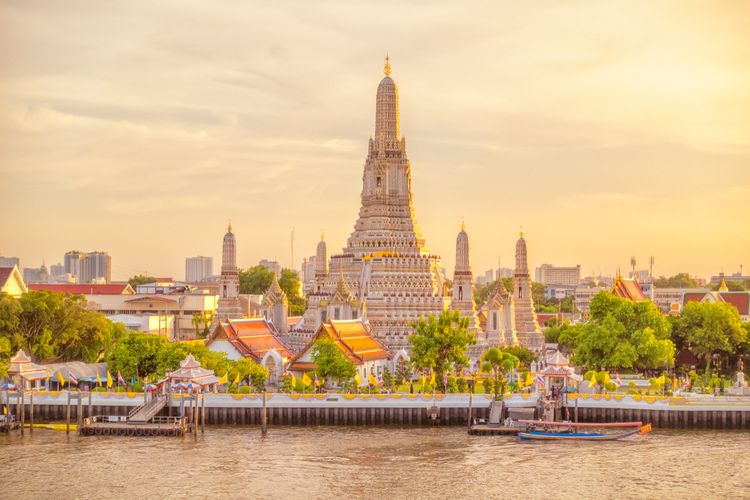
Wat Arun Temple dates back to the Ayutthaya period in the 17th century, although its exact origins are shrouded in history. Originally named Wat Makok, the temple underwent various transformations over the centuries. King Taksin, the founder of the Thonburi Kingdom, restored and expanded the temple, giving it its current name, Wat Arun, which means “Temple of Dawn.” Read Blog Airpaz for more Information…
Architectural Splendor
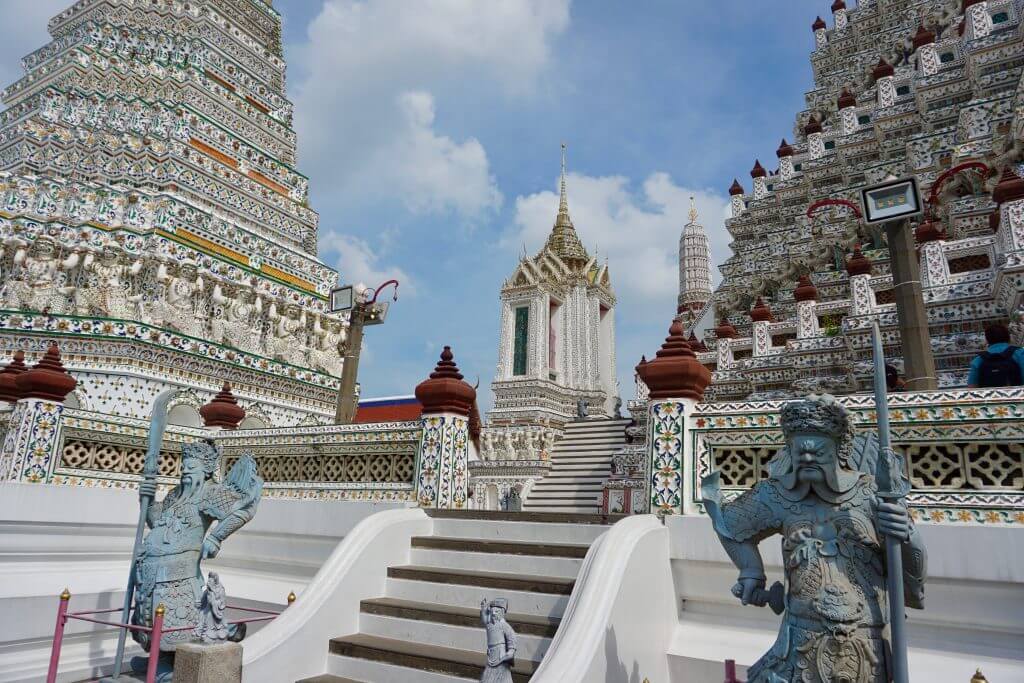
What sets Wat Arun apart is its stunning architectural design. The temple’s central feature is the prang (tower), which stands at a height of approximately 70 meters. The prang is intricately adorned with ornate porcelain tiles and seashells, meticulously arranged to create beautiful patterns and motifs. As sunlight reflects off the tiles, the temple sparkles, casting a mesmerizing glow that captivates visitors.
Read More : Exploring China’s Forbidden City: A Journey Through Imperial History
Symbolism and Spiritual Significance
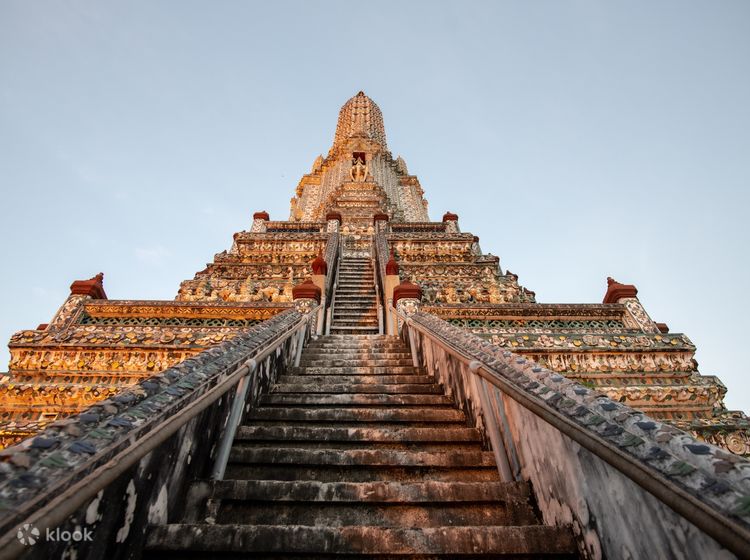
Wat Arun holds deep spiritual significance for Thai people. The central tower represents Mount Meru, the mythical center of the universe in Hindu and Buddhist cosmology. The four smaller satellite prangs symbolize the four continents. Climbing the steep steps of the central prang is believed to bring spiritual merit and good fortune, while reaching the top provides panoramic views of the Chao Phraya River and the surrounding area.
Wat Arun Temple Complex
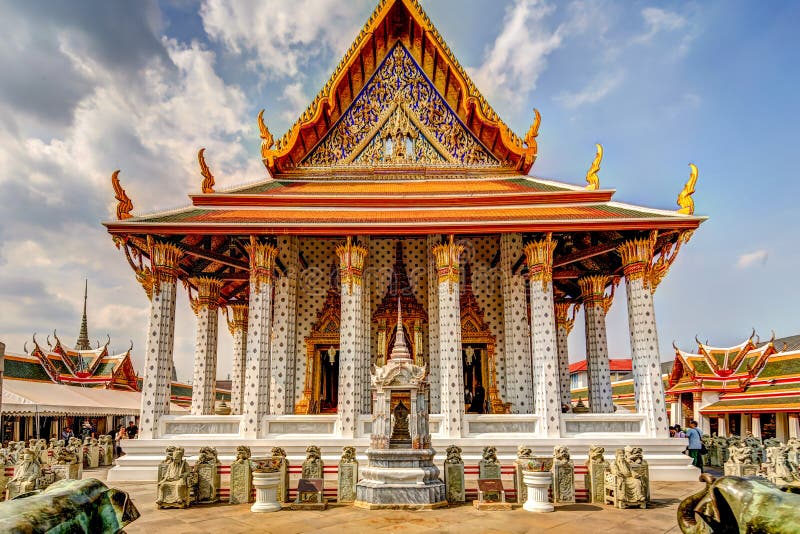
Beyond the central prang, Wat Arun encompasses a larger temple complex featuring several beautifully crafted structures. The ordination hall, known as the ubosot, houses an exquisite image of the Buddha. Elaborate statues of mythical creatures, such as the giant guardian demons, stand guard at the entrance, adding to the temple’s grandeur and mystique.
The Riverside Experience
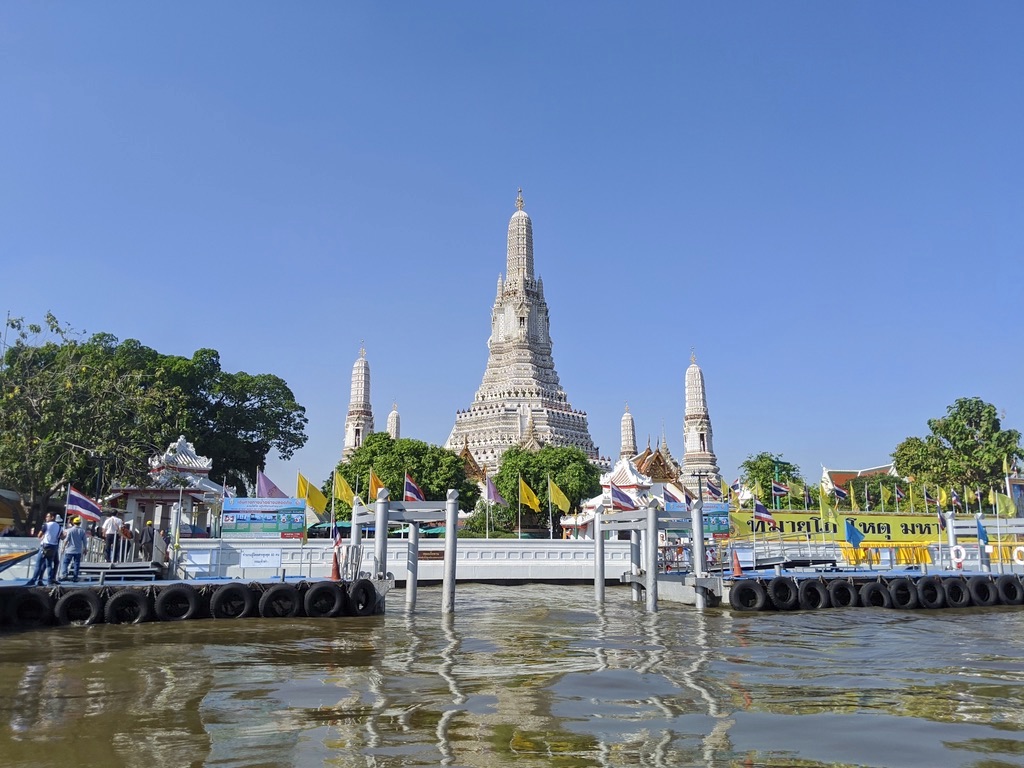
Situated along the banks of the Chao Phraya River, Wat Arun offers visitors a picturesque riverside experience. Exploring the temple grounds allows you to witness the bustling river traffic, from traditional long-tail boats to modern ferries and cruise ships. The temple’s location also makes it an ideal spot to witness breathtaking sunsets, as the evening light bathes the temple in a golden glow.
Festivals and Celebrations
Wat Arun plays a significant role in various religious festivals and ceremonies throughout the year. One of the most noteworthy events is the Royal Kathina Ceremony, where devotees offer robes to Buddhist monks. During major Buddhist festivals like Visakha Bucha, the temple comes alive with colorful processions, chanting, and prayers, providing a glimpse into the vibrant spiritual traditions of Thailand.
Wat Arun Temple stands as a testament to Thailand’s rich cultural heritage, architectural brilliance, and spiritual traditions. Its awe-inspiring beauty, intricate craftsmanship, and riverside location make it a must-visit destination for travelers exploring Bangkok. Whether admiring the temple’s porcelain-adorned prang or witnessing the vibrant festivals that take place within its walls, Wat Arun Temple offers an enchanting glimpse into the soul of Thai Buddhism and the country’s artistic finesse.
Comments are Disabled